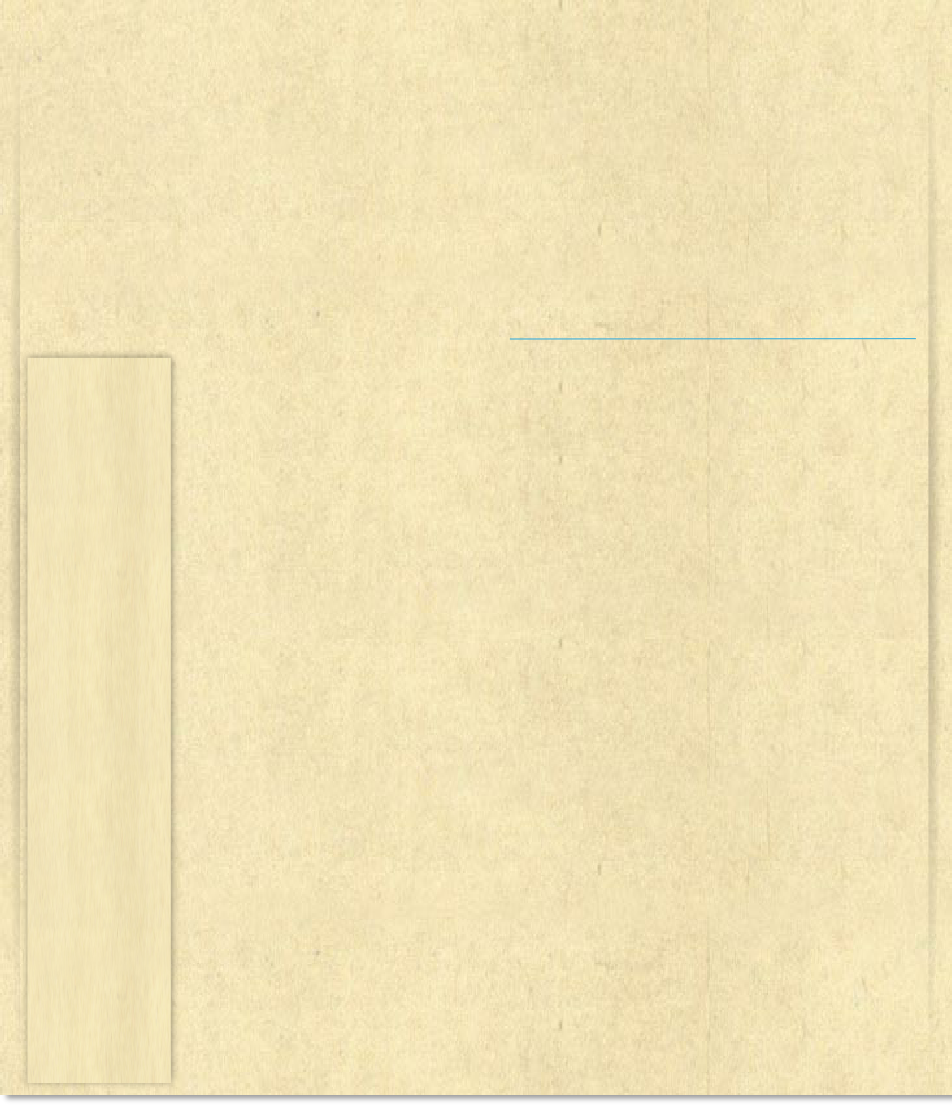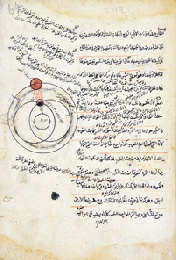Copyright © 2012 The National Center of Manuscripts
Copyright © 2012 Ilia State University


may contain unique data, facts, fundamental works are not analyzed by the specialist of history of astronomy. Georgian astronomical manuscripts often are of mixed type and involve some mixture of astronomy and astrology. Majority of them are not deciphered and elaborated from the viewpoint of comparative astronomy. Correspondingly, they are unknown for a wide circle of scholars. It should be mentioned here that such manuscript are protected abroad as well, namely, if France, Egypt, Greece, Russia, probably anywhere else. It is necessary to arrange wide discussion of their data.
 In the National Centre of Manuscripts more than 50 Arabic and Persian astronomical
manuscripts are preserved (XVI-
In the National Centre of Manuscripts more than 50 Arabic and Persian astronomical
manuscripts are preserved (XVI-
The Georgian depositories preserve translation of oriental sources and works built
on famous oriental schemes: XII century astrological treatise conducted from the
Arabian source “Etlta da shvidta mnatobtatvis” (A-
Absolute majority of mentioned Georgian and Arabic/Persian manuscripts have not been studied by the specialists of old astronomy.
Today with the new technological method through study of those astronomical manuscripts
is ongoing in the world of manuscripts, which belong to European, Oriental-
All said above clarifies the topicality of problems and the ways for settling them.
It’s clear that old Georgian, Persian and Arabic manuscripts preserved in the Georgian
depositories and unstudied from the astronomy viewpoint, need urgent systematization,
research and stage-
The project “Astronomical manuscripts in Georgia”, funded and supported by the Shota
Rustaveli National Science Foundation (2012-
Irakli Simonia – Director of the Project, Ilia State Universiti;
Tamar Abuladze -
Nestan Chkhikvadze -
Liana Samkurashvili -
The main aims of this project are:
Research of unstudied or partially studied Georgian, Persian, and Arabic astronomical manuscripts and determination of their significance;
Study of the yet unknown astronomical manuscripts disclosed in the process of research;
Cataloging of astronomical manuscripts with interactive data-
The project aims are also systematization of the part of world scientific heritage
– astronomical manuscripts preserved in Georgia and beyond its territory – and putting
their data in scientific circulation through interactive catalogue, web-